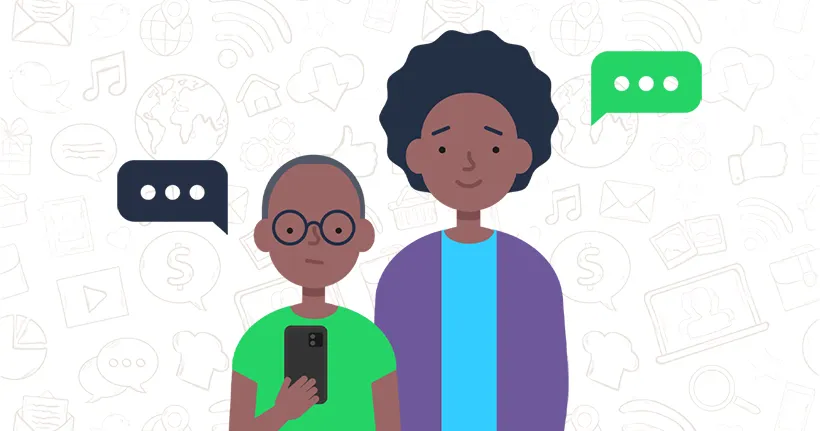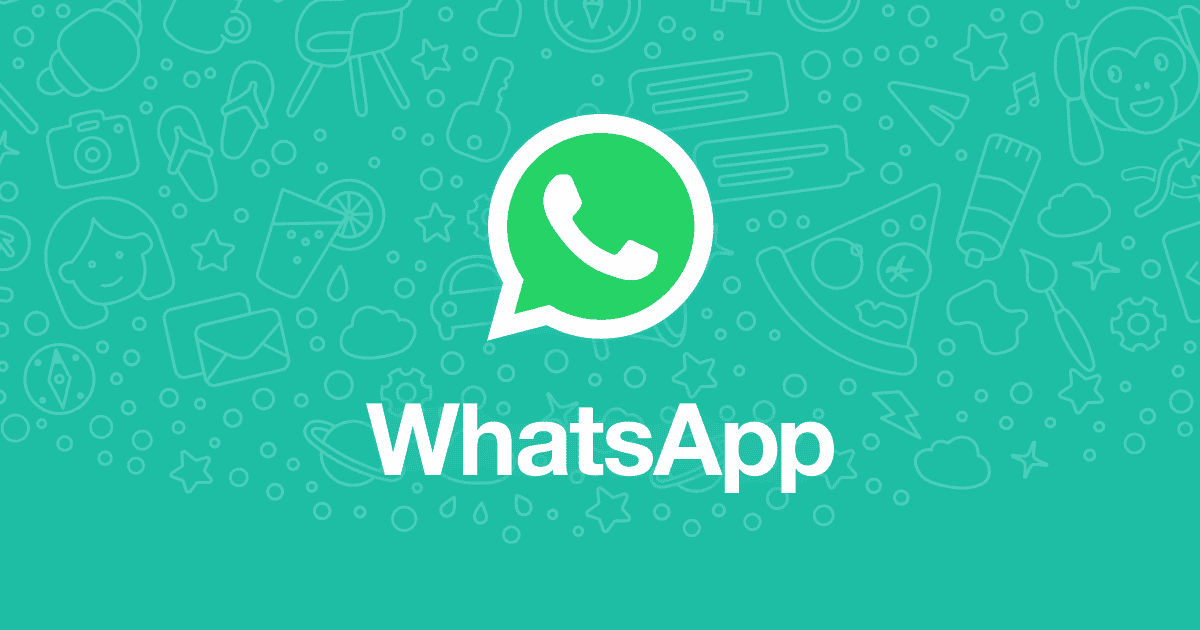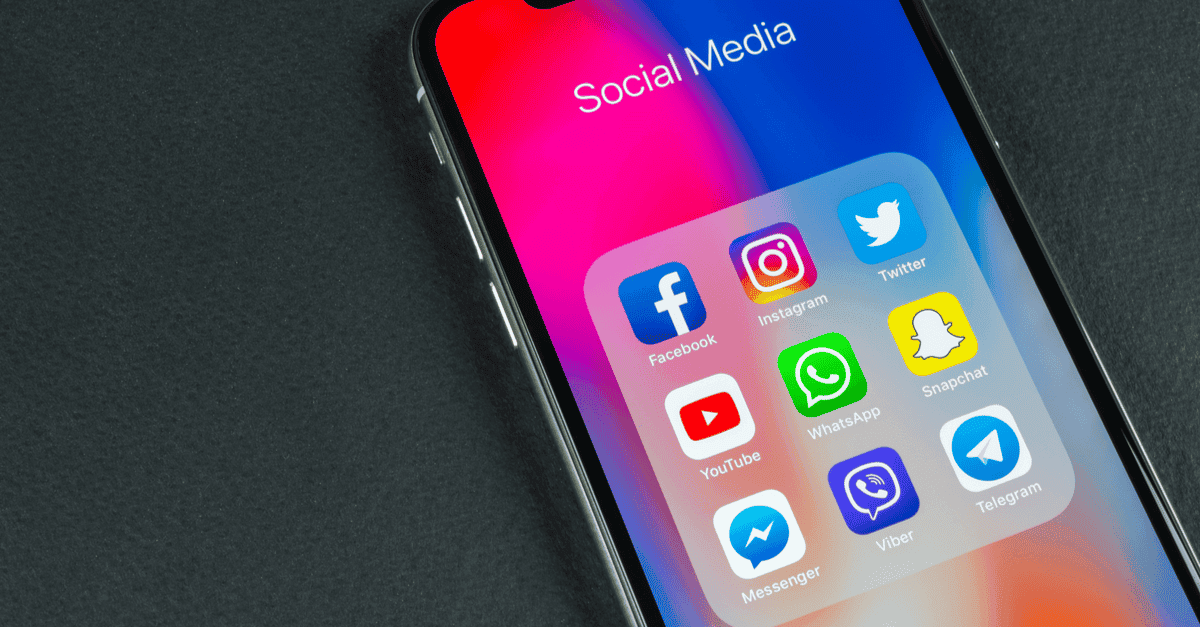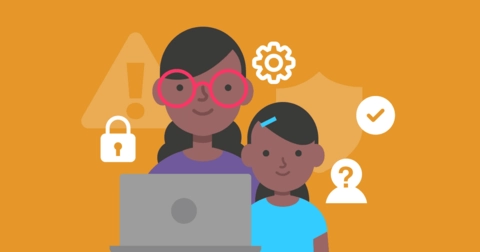What are groups?
WhatsApp groups are normal chats that include multiple users. Anyone can add your child to a group unless you change their group privacy settings within the app. Just like one-to-one chats, users can send text, video, images and more. These chats are end-to-end encrypted as well.
What is WhatsApp Communities?
WhatsApp Communities works similar to online forums. A community might contain multiple groups that people can join and chat to others in. Again, these messages are encrypted.
Community admins can share announcements and updates while members can create smaller groups.
Children joining WhatsApp Communities advertised online face risks of inappropriate content, grooming and more. Encourage your child to gain your permission before joining any community or group so that you can check if it’s safe.





